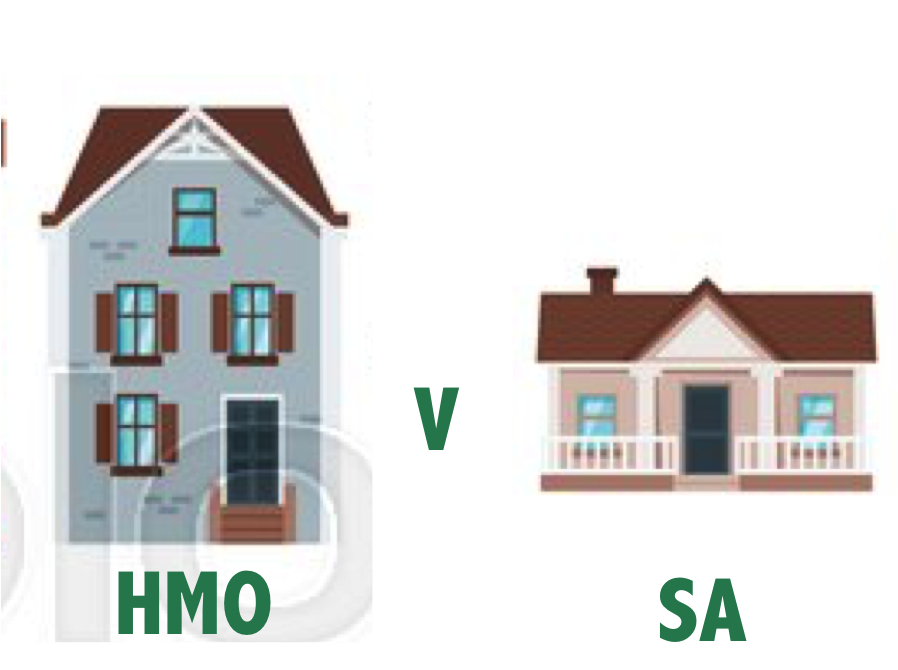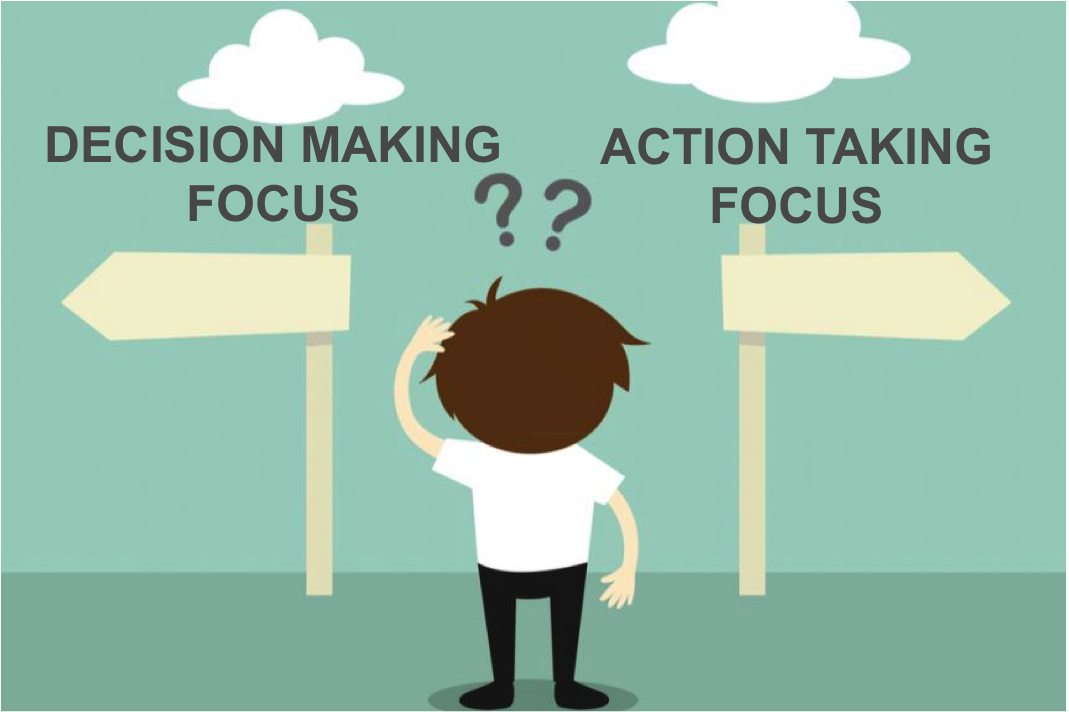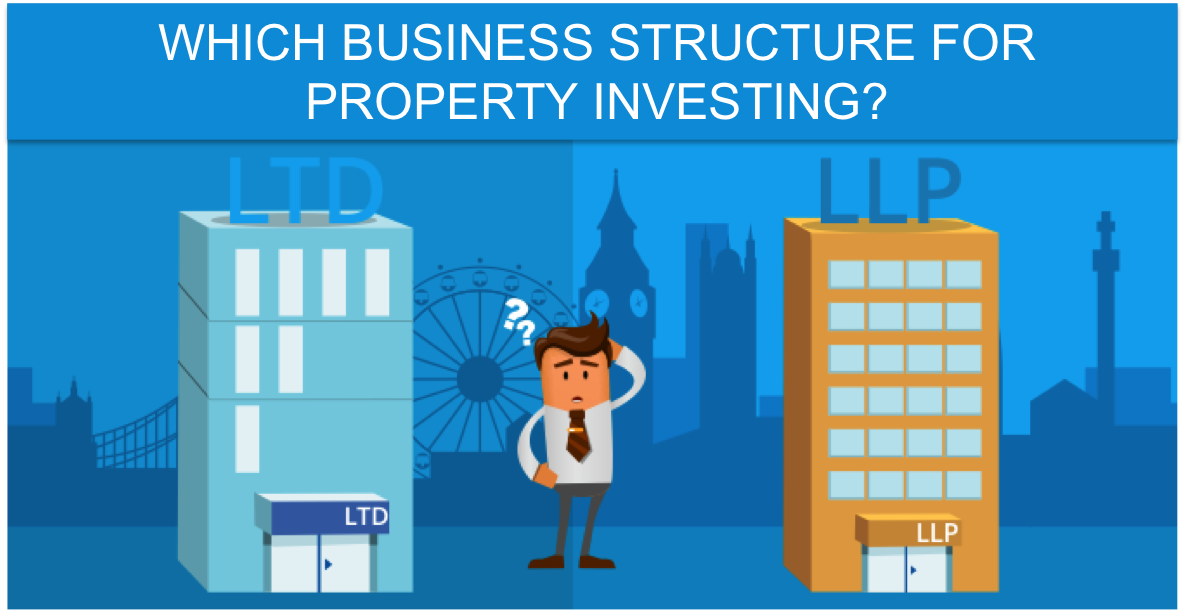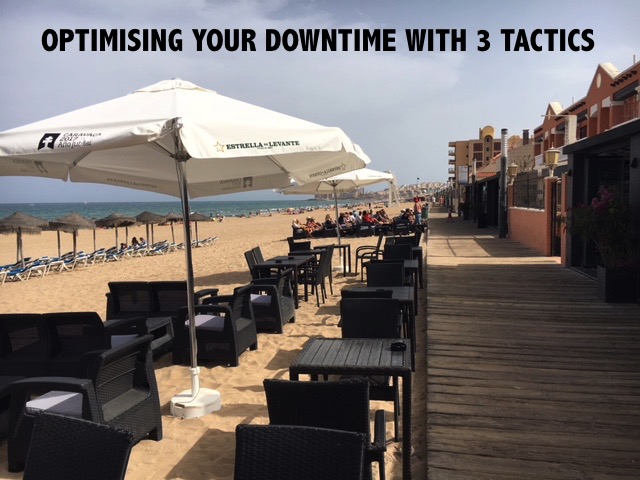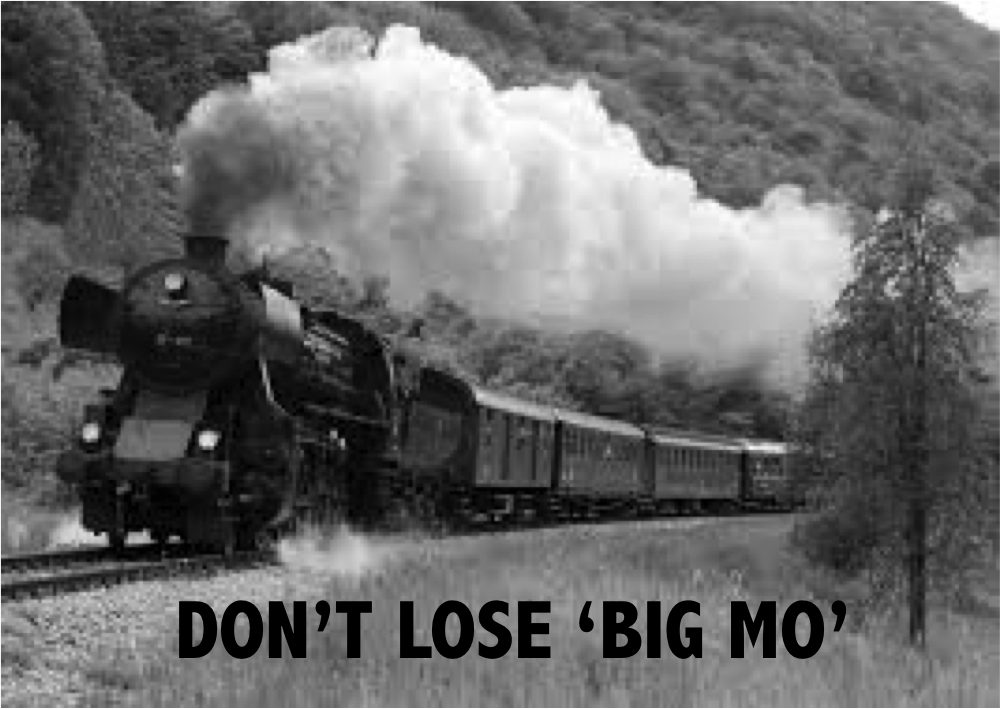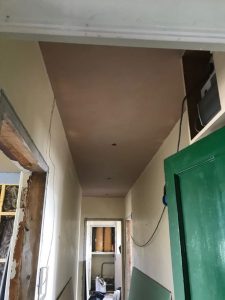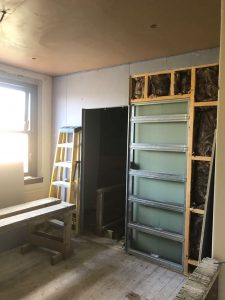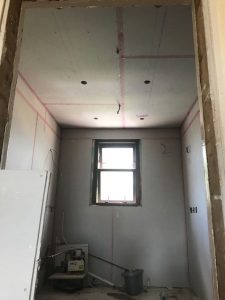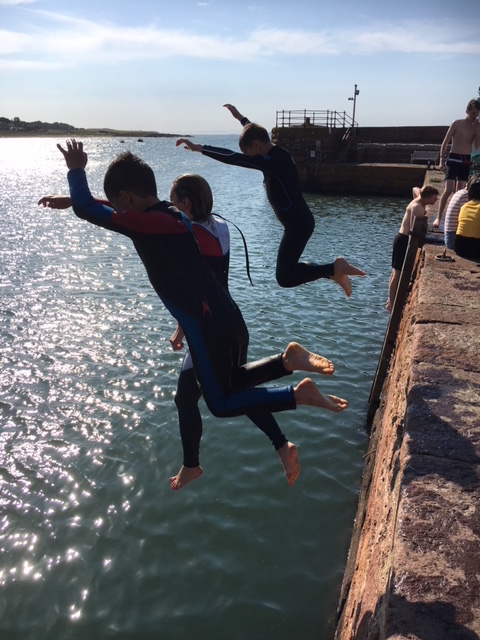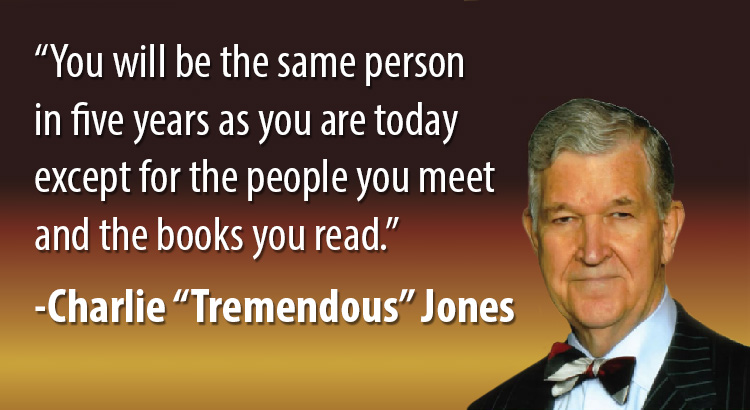The question of ‘which is better – HMO’s or SA?’ seems to be coming up more and more in conversations lately. I thought this week’s post could serve not so much as an instructional piece but more a prompt to invite some engaging conversation/debate that we might all consider and use to arrive at increasingly informed decisions.
Here’s a bit of my own experience to get the conversation going:
Like many property investors, I started out with the humble buy-to-let and focused on that for a few years. When I began considering HMO’s in 2011 they felt like a big step up from my previous experience but it was the exciting and natural next step. After making the transition into HMO’s I don’t think I added any more BTL’s, they felt somewhat the poorer cousin afterwards. Terms like ‘higher and better use’ were starting to make sense and seem much more appealing.
I added a couple of HMO’s in Scotland and then later did a few in England so have experienced both systems, albeit at arms length as they were being and remain fully managed.
After feeling like I’d plateaued with investing, Chris and I joined forces and we discovered serviced accommodation (SA). Now SA is the exciting route for us and HMO feels like the somewhat poorer cousin.
However, there is no right or wrong answer, so here are a few starting thoughts from my/our experience to open up the healthy debate:
GOOD THINGS ABOUT HMO’s
-The cashflow can be dramatically higher than single lets
-Once set up and fully occupied with ‘good’ tenants, HMO’s can deliver high and steady cashflow
-Transforming a standard house into a multi-let property can significantly force the capital value allowing you to refinance out all or most of your original seed funds
-Using local specialist HMO agents can make it a hands free investment
-Successfully setting up an HMO in areas where there are high barriers to entry ie licensing can give you a competitive advantage
CHALLENGING THINGS ABOUT HMO’s
-You are exposed to multiple bad tenant issues under one roof at any one time ie damaged rooms, rent arrears
-Exposed to Section 24 if not held in a Ltd Co
-The profit often lies in having the final room or two occupied so a few months of some vacant rooms can leave you breaking even or worse, subsidising the property
-One bad tenant ie a combination of arrears plus room damage can leave you massively out of pocket
-Setting up an HMO in areas where it’s easy to launch a ‘me-too’ product can quickly mean areas become saturated
GOOD THINGS ABOUT SA
-A good month with an SA unit will dwarf a single let in terms of profit, and often be much larger profit vs an HMO too
-SA provides access to the incredibly powerful tax break that is Capital Allowances, since SA serves as a qualifying commercial trade/activity
-With SA we don’t have tenants, only guests paying by the night and in advance, therefore no issues with arrears or hard to remove tenants
-SA is an incredibly versatile strategy meaning that it can not only complement many strategies to help supercharge other avenues, but it can even help you out of difficult property situations by way of short term cashflow, access to a tax break and so on.
CHALLENGING THINGS ABOUT SA
-It can take a while to find your feet in regards figuring out what market you serve and running smooth operations behind it all
-Running SA yourself in the early days can feel like a multivariable beast of a business
-Being a newer strategy on the scene, there are not yet a vast selection of lending options for SA, often meaning less experienced investors have to seek more creative avenues
As Chris and I near the home straight with our current refurb to SA (well Chris is doing all the technical hands on joinery, tiling and project management etc, while this week I ordered some furniture and artwork ;)), we can only feel more and more convinced and confident about our commitment to growing our SA business. (By the way some updates are attached showing kitchen being fitted, bathroom going in and tiles being laid).
Based on our experience so far in SA, it really does feel like (when done right) you can have your cake and eat it. For all the reasons mentioned above and more.
As I mentioned previously though, I don’t feel like there is a right or wrong answer to this debate as it will have everything to do with the kind of investor you are, a whole range of preferences, how you want to allocate your property business time, what resources you have to put in, your interests, your location and so on and so on.
Clearly, both can be great, and both can be challenging. Ultimately why not have the comfort of both income streams?
Now it’s your turn, please share your experience or thoughts on one or the other. I’d love to see this thread become a helpful resource for everyone out there trying to figure out which avenue is optimal for them now.

